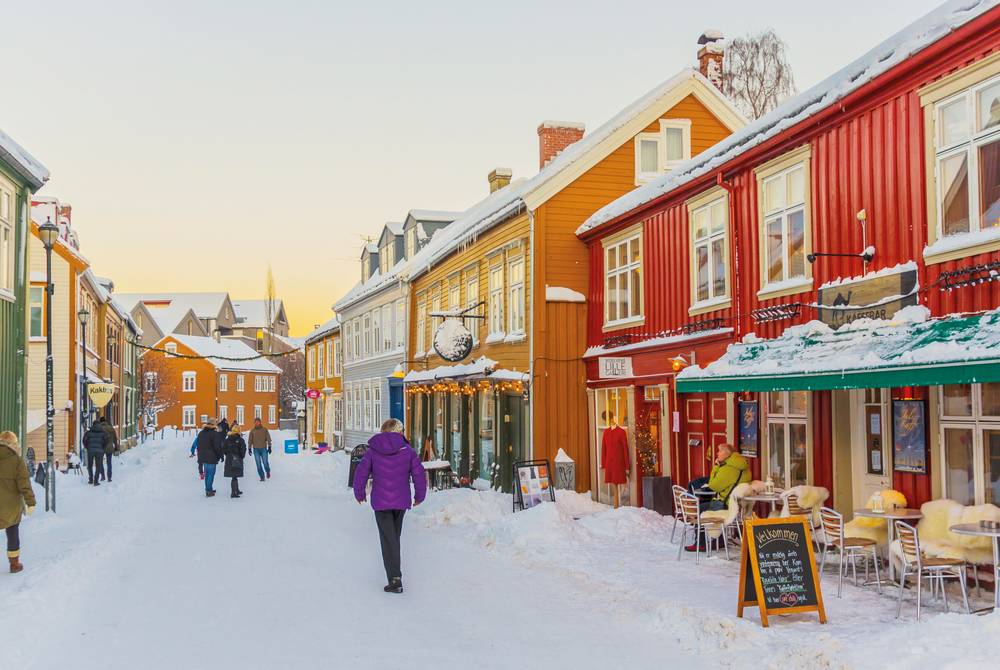Trondheim, Norway’s third-largest city, sits at the meeting point between the Nidelva River and the Trondheimsfjord, roughly halfway up the country’s endlessly captivating coastline. Founded by King Olav Tryggvason in 997, it served as Norway’s capital during the Viking Age up until 1217, during which time it emerged as the most important pilgrimage site in Scandinavia. Today, Trondheim enjoys a reputation as a friendly, laid-back and highly walkable city with a small-town charm and a youthful energy (it’s home to Norway’s largest university, which accounts for a significant portion of the local population). And, with its flourishing culinary scene, excellent art museums, fjord-side saunas and colourful neighbourhoods brimming with cosy cafes and microbreweries, it’s a wonderful place to spend a long weekend. Without further ado, here are our top 10 things to see and do in Trondheim.
1. Visit Nidaros Cathedral
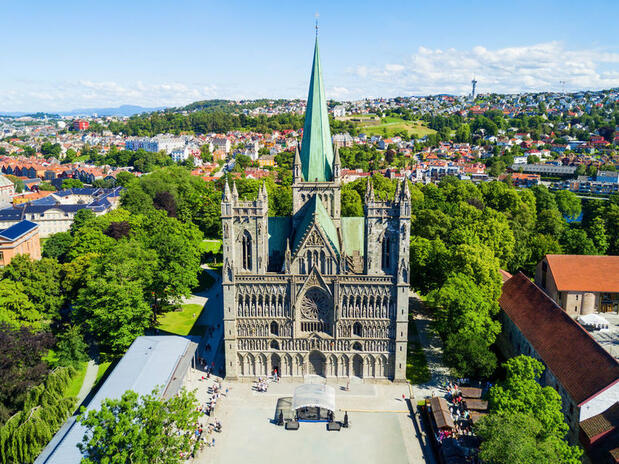
Nidaros Cathedral, the northernmost Gothic cathedral in the world
Built between 1070 and 1300 on the burial site of St. Olav – the Viking king who became Norway’s patron saint – Nidaros Cathedral is a national shrine and the northernmost Gothic cathedral in the world. Since the Middle Ages, it has been an important destination for pilgrims, and it stands as Trondheim’s most iconic architectural landmark to this day. Its ornate western facade is particularly striking, with 76 intricate stone sculptures and an enormous rose window comprising 10,000 pieces of stained glass.
2. Take in the views from Gamle Bybro
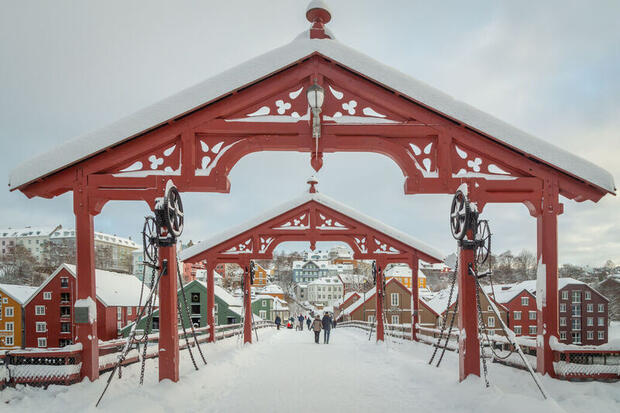
Gamle Bybro (Old Town Bridge)
With its distinctive red, wooden arches, the Gamle Bybro (Old Town Bridge, also nicknamed ‘the portal of happiness’) is another of Trondheim’s most recognisable landmarks, connecting the main city centre with the historic Bakklandet neighbourhood. It was originally built in 1681 to provide military access to the Kristiansten Fortress, and has undergone several modifications over the centuries, with the red arches being added in 1861. From here, you’ll have the best views of Trondheim’s colourful wharves that line the banks of the Nidelva River.
3. Explore the cobbled streets of Bakklandet
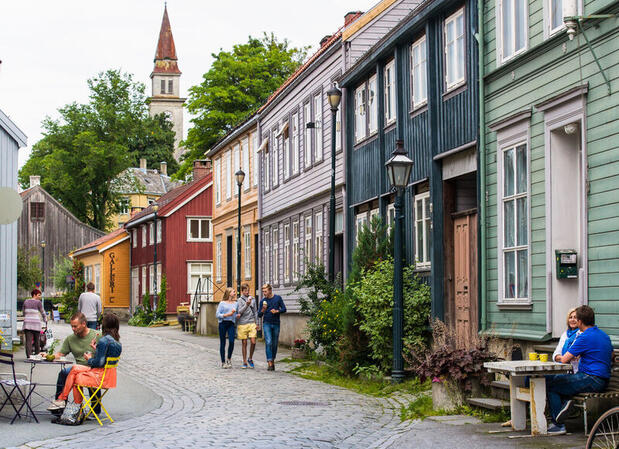
The cobbled streets of Bakklandet (Credit: CH - VisitNorway.com)
Wander across the Gamle Bybro from the main city centre and you’ll arrive in Bakklandet, a charming neighbourhood where rows of brightly painted wooden houses line (mostly) car-free cobbled streets. Once known as a working-class district, it’s now one of the most desirable parts of Trondheim. You’ll find a cluster of cosy cafes, bakeries and bars, as well as some fabulous restaurants, boutique stores and art galleries. Baklandet Skydsstation, in particular, is a local institution, serving hearty, homemade Norwegian dishes and an impressive range of aquavit in a beautifully preserved 18th-century building. Bakklandet is also home to the world’s only bicycle lift, which helps cyclists up the steep hill towards Kristiansten Fortress.
4. Soak up the history of Kristiansten Fortress
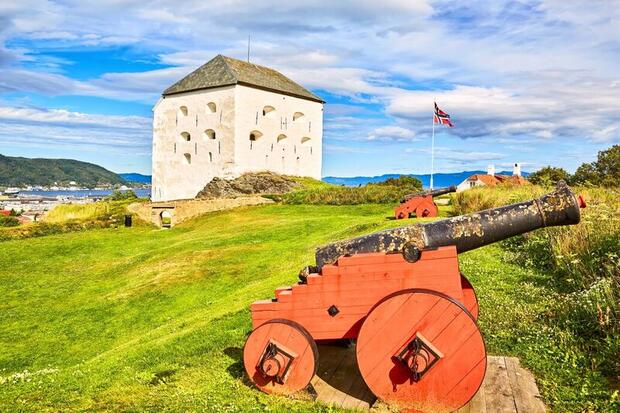
Kristiansten Fortress
The hilltop Kristiansten Fortress was built in the aftermath of the great fire of 1681 to protect Trondheim from potential attacks from the east; indeed, it fulfilled this exact purpose when the city came under siege from Swedish forces in 1718. It was later occupied by Nazi forces during World War II. The fortress has since been extensively renovated and restored, and now houses a museum that provides a window into Trondheim’s past – it’s open when the flag is raised. The outside grounds are open all year round and are free to enter, offering superb views overlooking the city and out towards the fjord.
5. Take a boat trip to Munkholmen
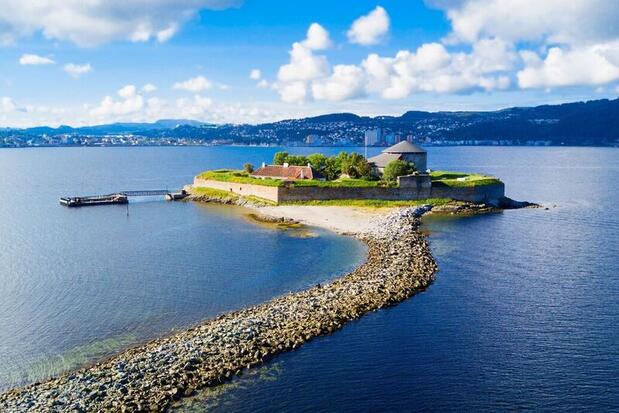
Munkholmen (Monk's Islet)
Around two kilometres off shore in the Trondheimsfjord lies Munkholmen, a tiny island that was used as an execution site during the Viking era. Then, in the early 11th-century, Benedictine monks established a monastery on the island, transforming it from a place of death to a sanctuary of religious devotion. In later centuries, it also served as a state prison, a fortress and an anti-aircraft gun station held by the Nazis during World War II. Now, Munkholmen is a popular summer destination for picnics in the sunshine, swimming in the fjord and relaxing on the small, sandy beach. Shuttle ferries run from Ravnkloa in the city centre from late May until the end of August, and the journey takes just 10-15 minutes.
6. Unwind at a fjord-side sauna
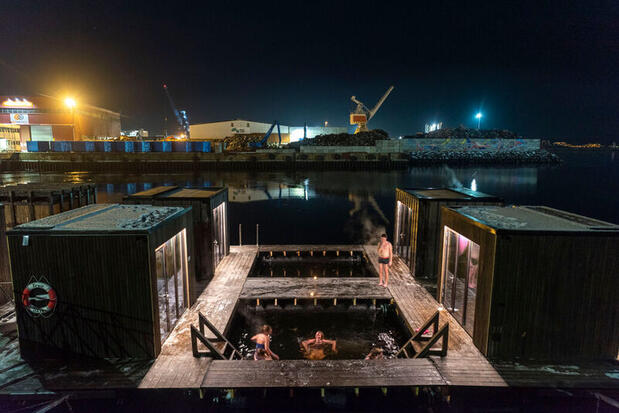
HAVET Arena (Credit: Håkon Sandmo Karlsen - HAVET Arena)
When you fancy taking a break from sightseeing, there’s no better way to unwind than with a relaxing session at one of Trondheim’s fjord-side sauna complexes. And, if you’re feeling brave, you might also be tempted to take an invigorating dip in the chilly waters of the fjord before retreating back to the warmth of the sauna – a Nordic wellness combination that’s believed to bring a whole host of health benefits. You’ll find several of these dotted along the banks of the Trondheimsfjord, including Havet, Sjøbadet and Brattøra. In some cases, you can simply turn up and pay for your session, but at busier times of day, it’s usually best to book a slot in advance.
7. Go hiking in the forests of Bymarka
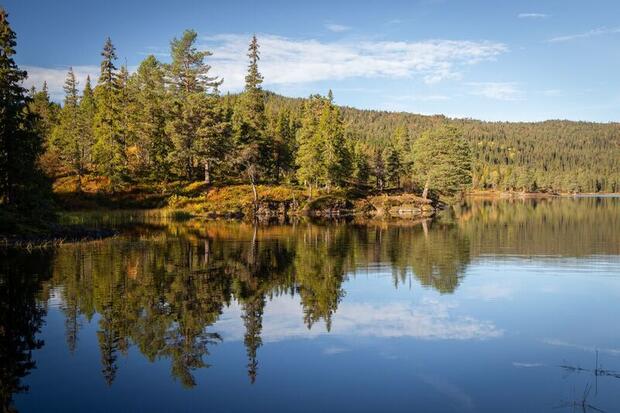
Bymarka nature reserve
The landscapes around Trondheim might not be as dramatic as those in the vicinity of Bergen or Ålesund, but there’s certainly no shortage of hiking trails in the nearby nature. One of the best places for outdoor adventures within easy reach of Trondheim is Bymarka, a hilly area of lakes and forests just a few kilometres west of the city centre. Criss-crossed by an extensive network of hiking and cross-country skiing trails, it’s a perenially popular spot among locals. To get to Bymarka, simply take the bus from the city centre to Skistua (25 minutes) or hop on the tram to Lian at the end of the line (20 minutes).
8. Delve into Norway’s music culture at Rockheim
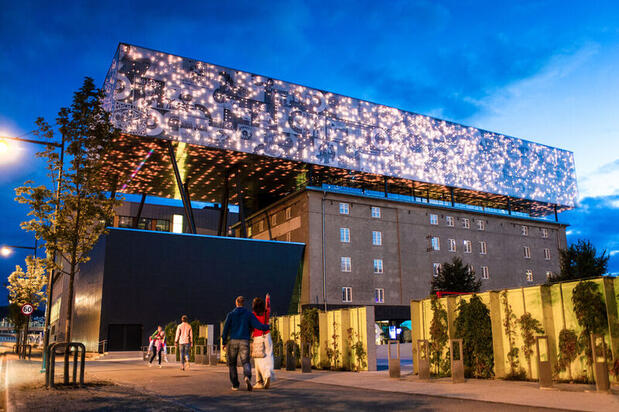
Rockheim museum (Credit: CH - VisitNorway.com)
Tucked away behind the railway station in a former grain warehouse building is Rockheim, a museum detailing the history and evolution of Norwegian music from the 1950s to the present day. As well as a main exhibition on the sixth floor and a Hall of Fame celebrating the legacy of individual artists and bands who’ve contributed to Norwegian pop music culture over the years, there are several interactive spaces where you can mix your own tracks, experiment with DJ sets and practice various instruments in a studio environment. It’s open every day of the week except Mondays.
9. Tap into the local craft beer scene
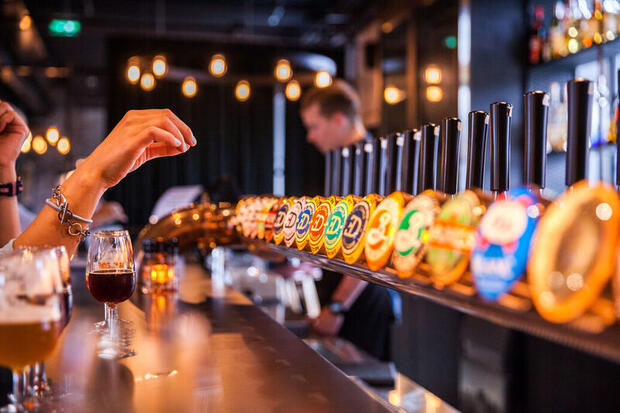
E.C. Dahls Bryggeri (Credit: Martin Håndlykken - VisitNorway.com)
Not only is Trondheim one of Norway’s most celebrated foodie destinations; in recent years, it has emerged as a burgeoning craft beer hotspot, with a plethora of microbreweries and trendy taprooms complementing an extensive lineup of more traditional bars and pubs. ØX Tap Room is a particular highlight, occupying a 300-year-old refurbished vault cellar on the corner of the market square, serving an exciting range of local and international beers, including several varieties brewed in-house. Nearby Trondhjem Mikrobryggeri is one of Norway’s oldest brewpubs, while Habitat Craftbar has established itself as a staple venue in the local craft beer scene. A couple of kilometres outside the centre, meanwhile, is E.C. Dahls Bryggeri, which has been the centrepiece of Trondheim's brewery landscape since its foundation in 1856 – there's a tap room on-site, while their beers can be found in virtually every bar in town. Trondheim also hosts an annual craft beer festival, which launched in 2022 and has been repeated in September every year since.
10. Take a day trip to Røros
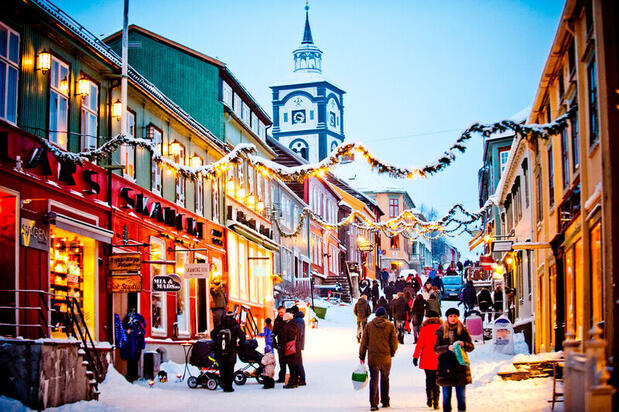
Christmas in Røros (Credit: Thomas Rasmus Skaug - VisitNorway.com)
For a change of scene and a fascinating glimpse of life in rural Trøndelag, take a day trip from Trondheim to Røros, a historic mining town near the Swedish border – reachable by a scenic two-and–a-half hour train journey. It came into existence in 1644 following the first discovery of copper ore in the area, after which Røros became one of Norway’s most important mining communities over the next three centuries. It was granted UNESCO World Heritage status in 1980 in recognition of its copper mining heritage and extensive collection of well-preserved 17th and 18th-century wooden buildings. As such, exploring Røros feels much like stepping back in time to a bygone era. Today, Røros is also renowned for its local food scene, which you can sample in the town’s small but distinguished handful of restaurants and cafes.

